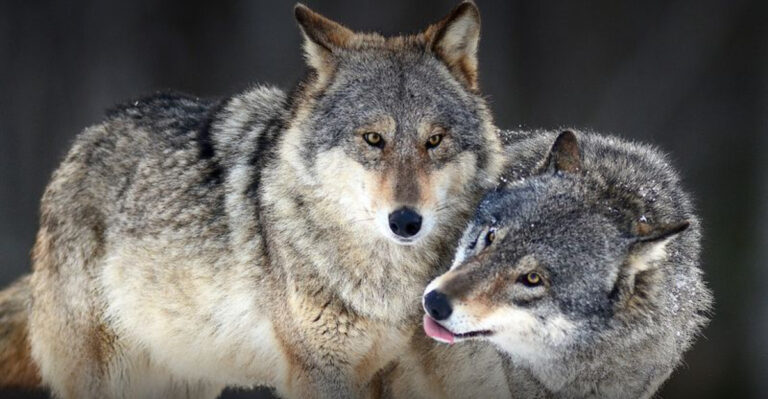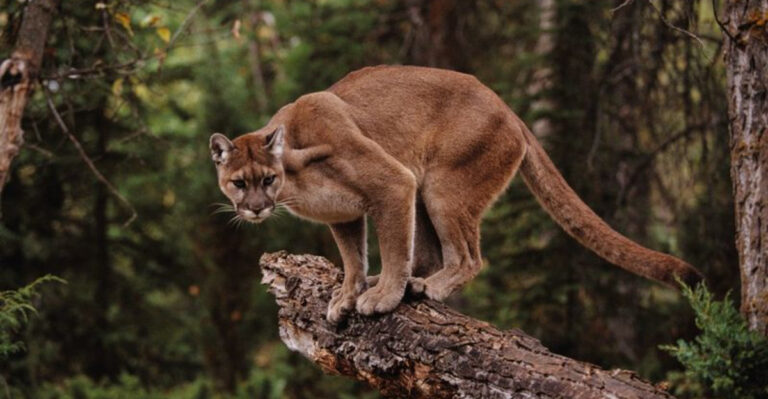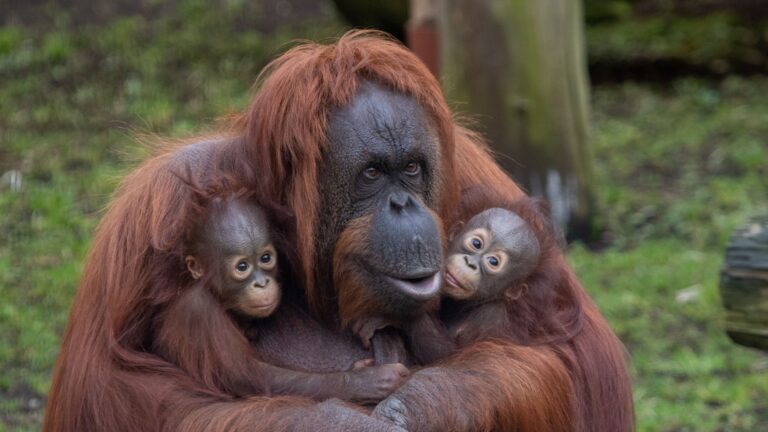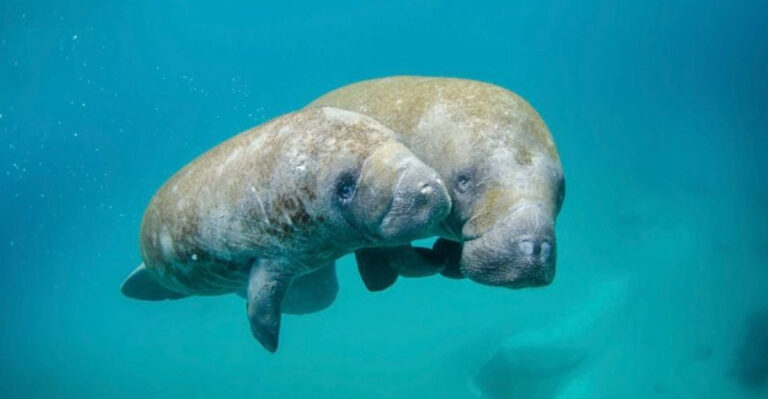What Happens If A Top Predator Disappears From An Ecosystem?
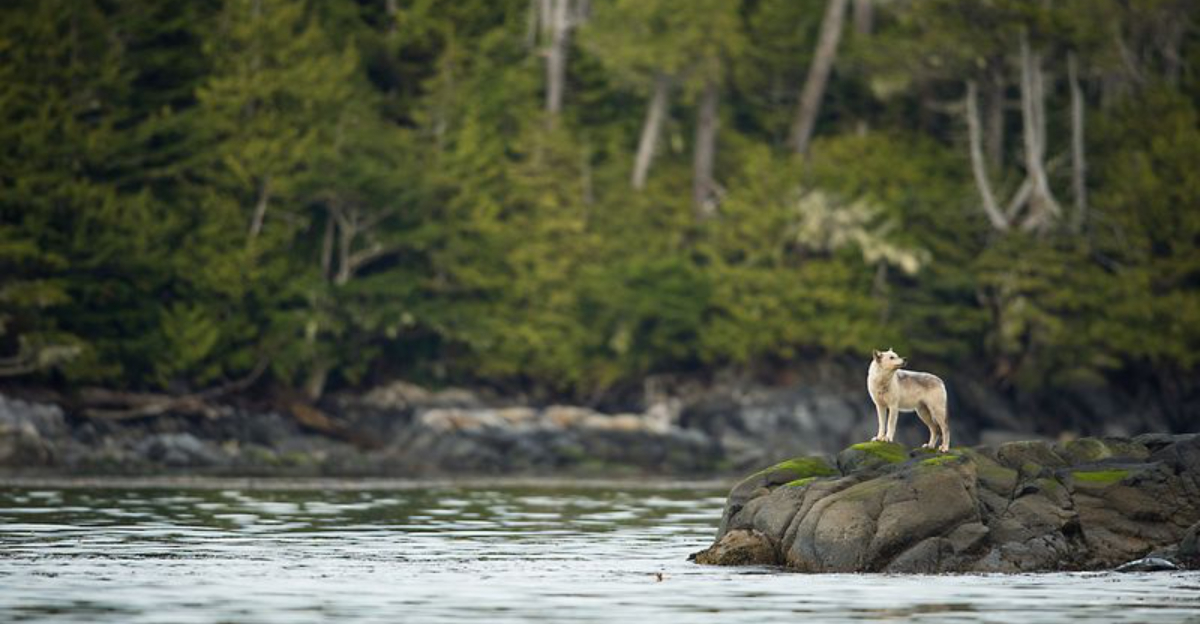
Imagine removing the sheriff from a bustling town – chaos would quickly follow! The same happens in nature when top predators vanish.
These powerful hunters do more than just catch prey; they maintain the delicate balance of entire ecosystems. When they disappear due to hunting, habitat loss, or climate change, the effects ripple through the natural world in surprising ways.
1. Prey Population Explosion
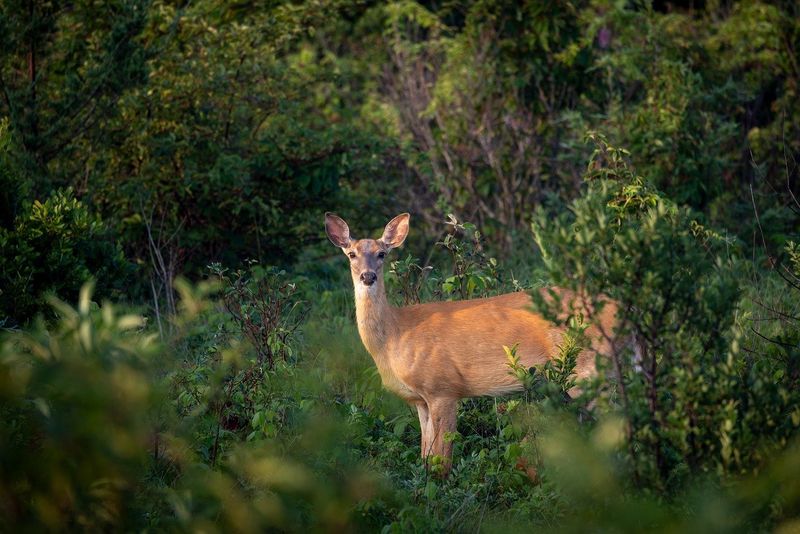
Without natural enemies keeping them in check, prey animals multiply rapidly. Deer, rabbits, and rodents can reach staggering numbers within just a few seasons.
This population boom puts enormous pressure on plant resources. Fields and forests can be stripped bare as hungry herbivores devour everything in sight.
2. Vegetation Destruction

Unchecked herbivores munch through plants like an all-you-can-eat buffet. Young trees never get a chance to grow, wildflowers disappear, and ground cover vanishes.
The landscape transforms as certain plant species vanish entirely. What was once a diverse forest might become a patchy field with only unpalatable plants surviving the feeding frenzy.
3. Smaller Predators Run Wild
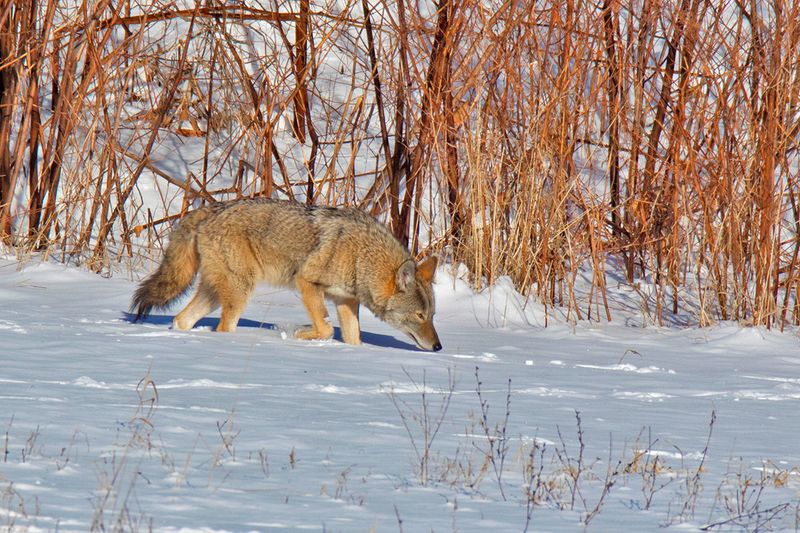
Medium-sized hunters like foxes, raccoons, and skunks experience a population boom when top predators disappear. Scientists call this “mesopredator release” – basically, the middle managers take over when the CEO leaves!
These smaller hunters often target different prey than top predators did. Bird nests, reptiles, and amphibians face increased pressure from these newly abundant hunters.
4. Disease Outbreaks

Crowded prey populations become perfect breeding grounds for parasites and diseases. Infections spread like wildfire when animals live in unnaturally high densities.
Sick animals can pass certain diseases to humans or livestock. Lyme disease, for example, increases when deer populations explode due to missing predators like wolves.
5. Soil Quality Deteriorates
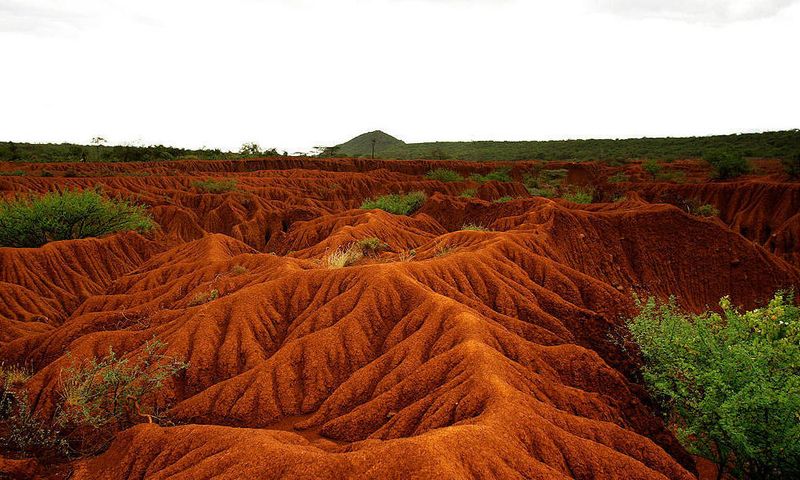
Heavy grazing by unchecked herbivores strips away protective plant cover, leaving soil exposed to wind and rain. Erosion carves gullies into hillsides and washes away nutrient-rich topsoil.
Plant roots that normally hold soil in place disappear. The ground becomes harder, less able to absorb water, and increasingly vulnerable to floods and landslides.
6. Water Systems Change Course
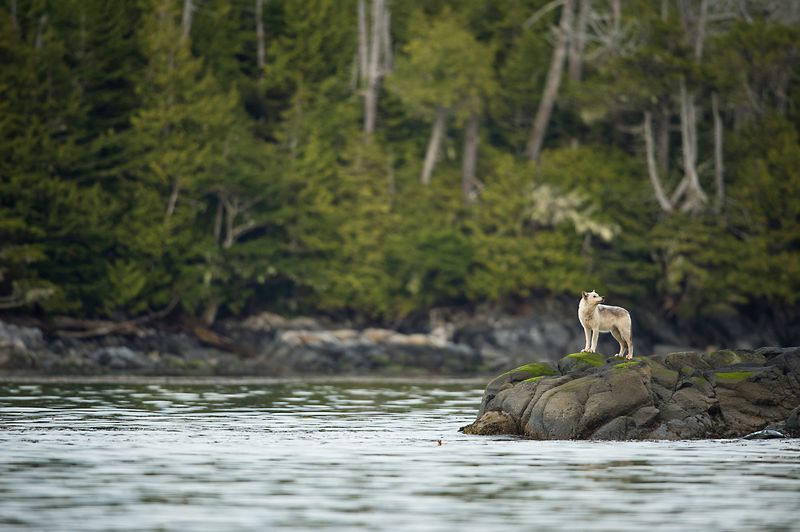
Believe it or not, removing predators can literally change how rivers flow! When wolves disappeared from Yellowstone, elk browsed freely along riverbanks, eating tree seedlings.
Without trees to stabilize banks, rivers widened and changed course. When wolves returned, rivers narrowed again as vegetation recovered. This fascinating connection shows how deeply predators influence entire landscapes.
7. Biodiversity Takes a Nosedive
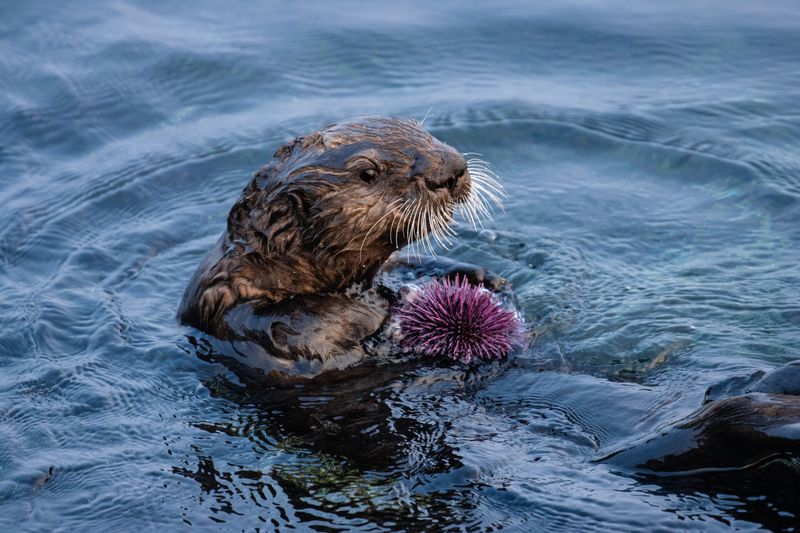
The ripple effects of losing a top predator can cause multiple species to vanish. Plants get overeaten, smaller animals lose their habitat, and specialized insects lose their host plants.
Even seemingly unrelated species suffer. When sea otters declined in the Pacific Northwest, sea urchins exploded in number, destroying kelp forests that provided habitat for countless marine creatures.
8. Carbon Storage Capacity Drops
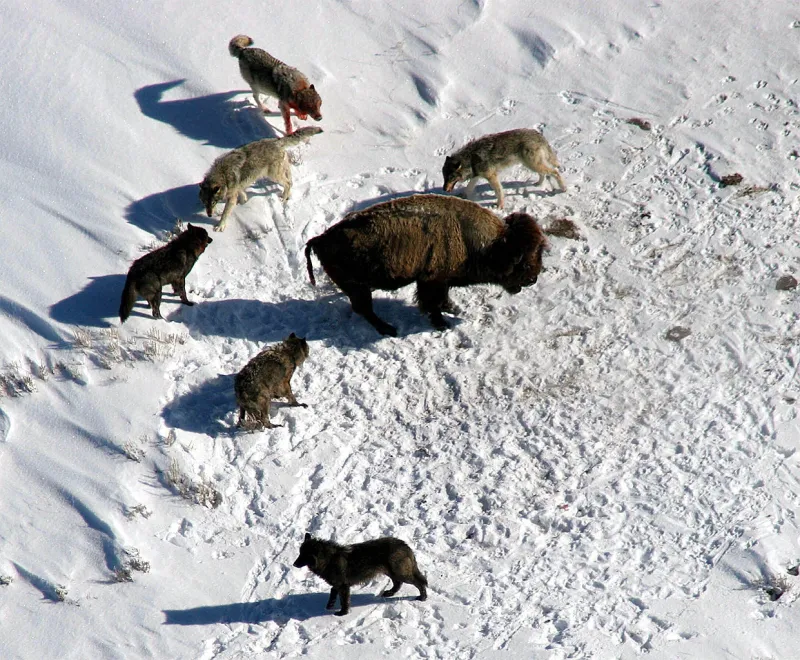
Forests and grasslands store massive amounts of carbon in their plants and soil. When herbivores overgraze without predator control, these ecosystems store less carbon.
Fewer plants mean less photosynthesis pulling carbon dioxide from the air. This creates a feedback loop that can actually worsen climate change – just from removing a single predator species!
9. Human-Wildlife Conflicts Increase

Without natural predators, certain animals lose their fear of humans and venture into towns and suburbs. Deer raid gardens, coyotes snatch pets, and bears rummage through trash.
These encounters often end badly for wildlife. Animals that become nuisances may be killed, further disrupting the natural balance and creating management challenges for wildlife officials.
10. Ecosystem Restoration Becomes Necessary
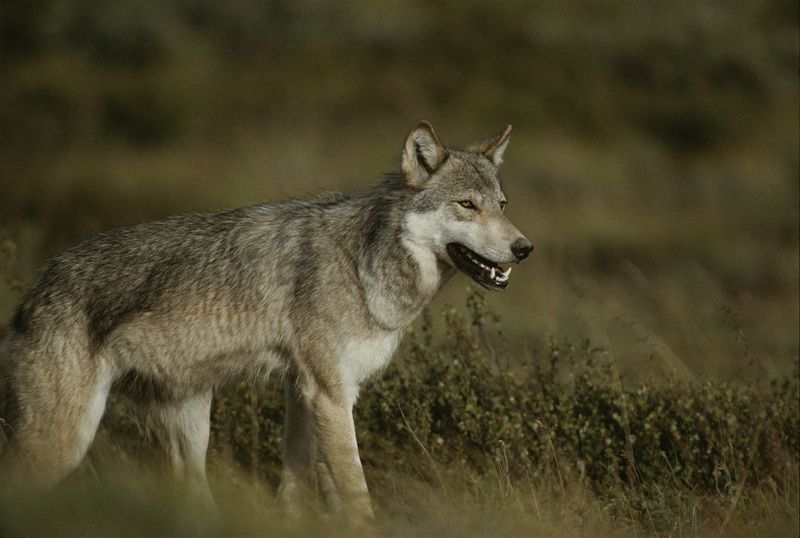
Fixing damaged ecosystems often requires human intervention once predators disappear. Wildlife managers may need to cull herbivore populations or reintroduce predators in carefully planned programs.
These efforts can be controversial and expensive. The famous wolf reintroduction in Yellowstone cost millions but demonstrated how bringing back a single predator species can heal an entire ecosystem.

